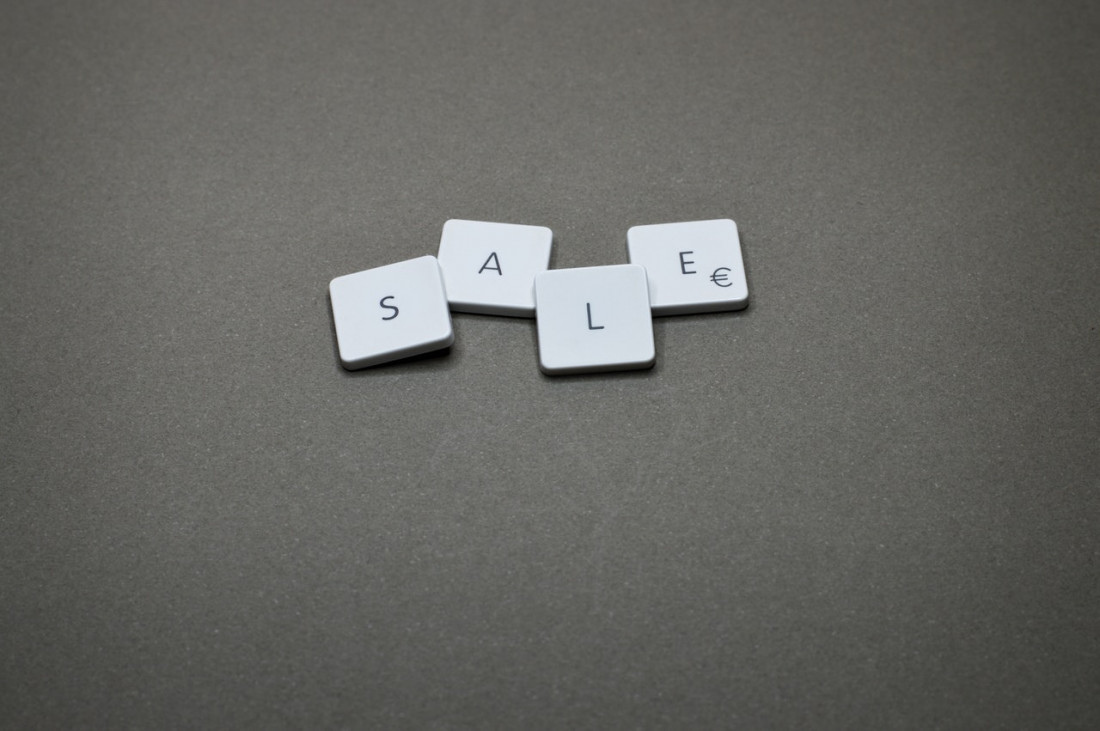All retailers know the power of the ‘99 cent’ sales tag and most B2C traders use it.
According to a report in the academic journal, ‘Marketing Bulletin‘, entitled, ‘The Widespread Use of Odd Pricing in the Retail Sector‘, “Approximately 60% of prices ended in the digit 9.” In fact, “Three digits (0, 5, 9) accounted for nearly 97% of price endings.”
This is what retail experts call ‘charm pricing’. They use it, because it works.
Proof of this was found by William Poundstone, and published in his book, ‘Priceless’, stating that, “the use of charm prices, on average increased sales by 24% versus their nearby, ‘rounded’ price points.”
But why does such an obvious sales trick work at all?
Economists and psychologists have been asking this question for years, with the latest and most authoritative study on ‘charm pricing‘ conducted by researchers Eric Anderson of the University of Chicago, and Duncan Simester of Sloan School of Management at MiT.
In their study, ‘Effects of $9 Price Endings on Retail Sales’, they observed that, “The most common explanation [for the success of ‘charm pricing’] is that customers round prices down and essentially ignore the right-most digits. For example $59.99 might be coded as $59 or, in an extreme case, as $50.” They concede that they do not yet understand why buyers round down and not up, but instead surmise that, “…customers engage in left-to-right processing of digits. Thus, when comparing $55 with $43 a customer that looked at only the left-most digit would process this as $50 vs. $40, or a $10 price difference (rather than $12). Raising the price from $55 to $59 would have no impact on this customer’s perceptions of the price difference. However, lowering the price from $43 to $39 would create the perception of a $20 price difference (rather than $16).”
Another common theory believes ‘charm pricing’ works because, “…customers pay more attention to the right-most digits, [so what] customers may draw from $9-endings is that a price is low, discounted, or ‘On Sale’.”
But now a study has finally asked the question many chemical traders have been asking.
Does ‘Charm Pricing’ Strategy Work in the B2B Chemicals Industry?
In the study, entitled ‘Are behavioral pricing tactics also present in the B2B context? Evidence from a complex chemical B2B product‘, Prof. Maike Strudthoff of the University of Münster and her colleague Thomas Hamadi researched how industrial chemical products are priced in B2B markets.
They observed that ‘price charming’ does exist in the B2B industrial chemical markets, stating that, “This study depicted the landscape of price endings by analyzing the frequency of their occurrence on cent and dollar level for a highly complex chemical product. The results show that price setters particularly use $0, $5, $9 and 00¢ endings. These price endings are similar to the dominant endings found in previous B2C studies.”
Their study goes on to explain that in all likelihood, professional chemical traders are just as human as shoppers on the street, falling for the same psychology trick that retail customers have for products priced at 99 cents.
They write that, “Although B2B markets include challenges that differ from those in B2C markets, e.g. price negotiations and purchases by a buying center, many behavioral characteristics are present across diverse contexts. This leads to the assumption that there are ‘fundamental similarities within human choice-making’ in B2B and B2C markets and that many behavioral pricing theories in B2C markets could be applicable to B2B markets as well.”
They conclude by saying, “This finding is thus supporting the assumption that B2C price ending theories may also be applicable in the B2B context.”
The researchers do concede that the study is not definitive, particularly given the long and often secretive negotiations that occur in industrial chemical trading. As a result, the study was unable to analyse actual trading prices, as they make clear, stating that, “…only catalog prices were investigated. Because price negotiations are common practice in B2B context, it is unclear how far the sampled prices are true selling prices.”
So maybe there is more work to be done, to know if industrial chemical traders really are victims of ‘charm pricing’ or indeed any other psychological pricing strategy.
A quick look at the online chemical trading hub, SPOTCHEMI (which hosts this blog), shows that most offers to sell industrial chemicals end with a ‘0’. However, these are only opening bids, whether in the course of offer and counter offer, traders will use ’price charming’ as a negotiation strategy is unclear. But if chemical traders are human, then human psychology in industrial chemical pricing must exist. Mustn’t it?

